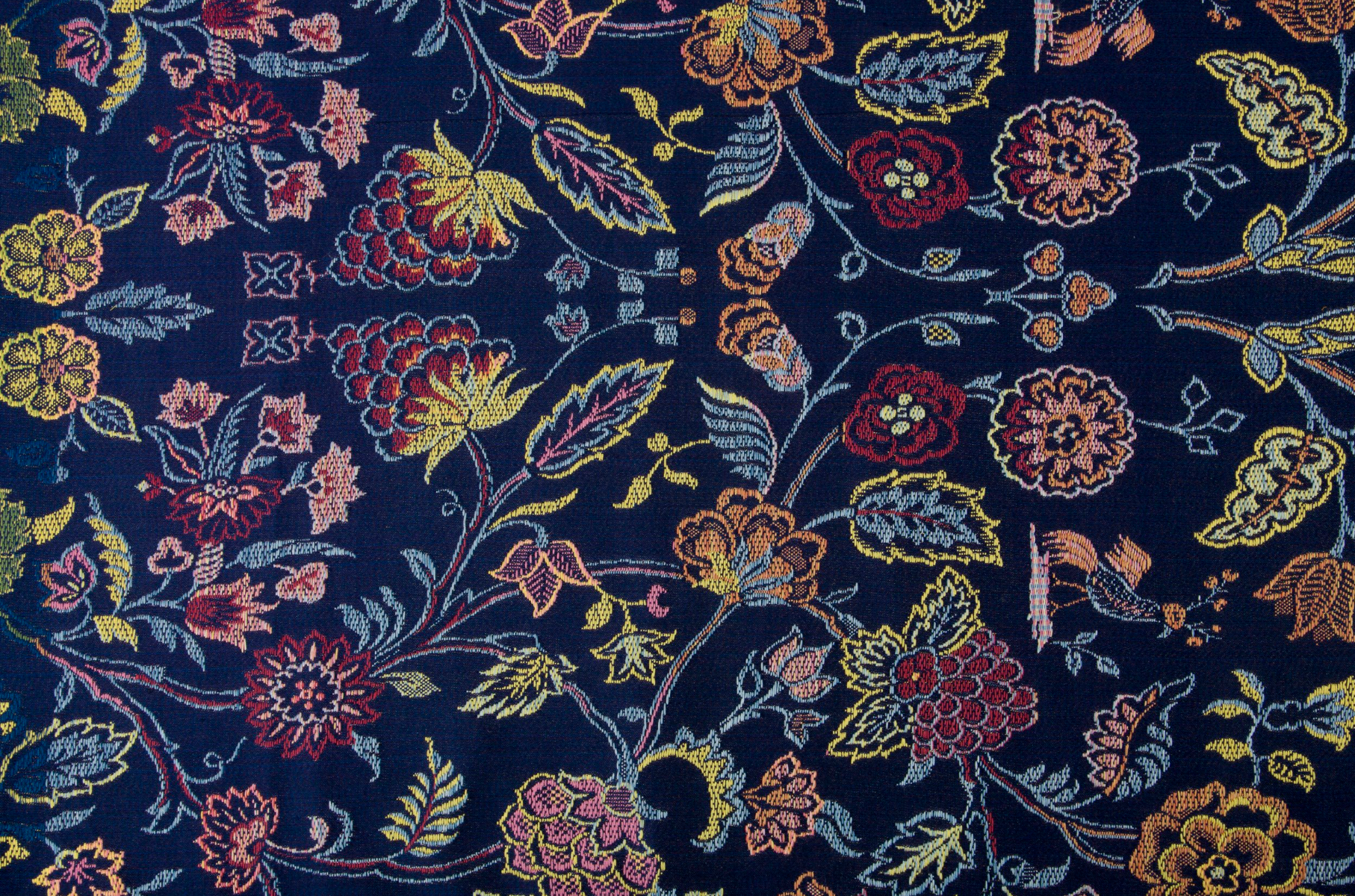Indigo
Our name, AO textiles, comes from the word used for both blue and green in Japanese. We chose AO because it reflects our love of colour and the magic of natural dyes. Indigo refers both to the dye and to the plant genus Indigofera. Throughout history, civilizations have used indigo dye to dye fabric blue. It has been the most famous and widely used natural dye throughout history. We have been able to use indigo in various projects from hank dyeing for jacquard fabrics and piece dyeing for Oscars.
The process of dyeing indigo differs from that of other natural dyes. Most natural dyes extract colour from raw material by infusion of dyestuff or by dissolving dye extracts in water and used in conjunction with mordants and assistants.
This is not the case with indigo which varies as it based on fermentation and creating anaerobic conditions in a vat. The excess oxygen in the indigo vat is removed. Indigo weakly bonds to fibres as they are carefully dipped into the vat. At this time the fibre is not blue but green. When the indigo fibre is removed from the vat making contact with the air oxygenation occurs, forming a stronger bond and developing the blue colour.
Flower design developed with Gainsborough Silk Weavers. All colours are naturally dyed. Indigo is the base colour.

